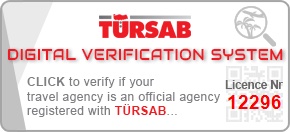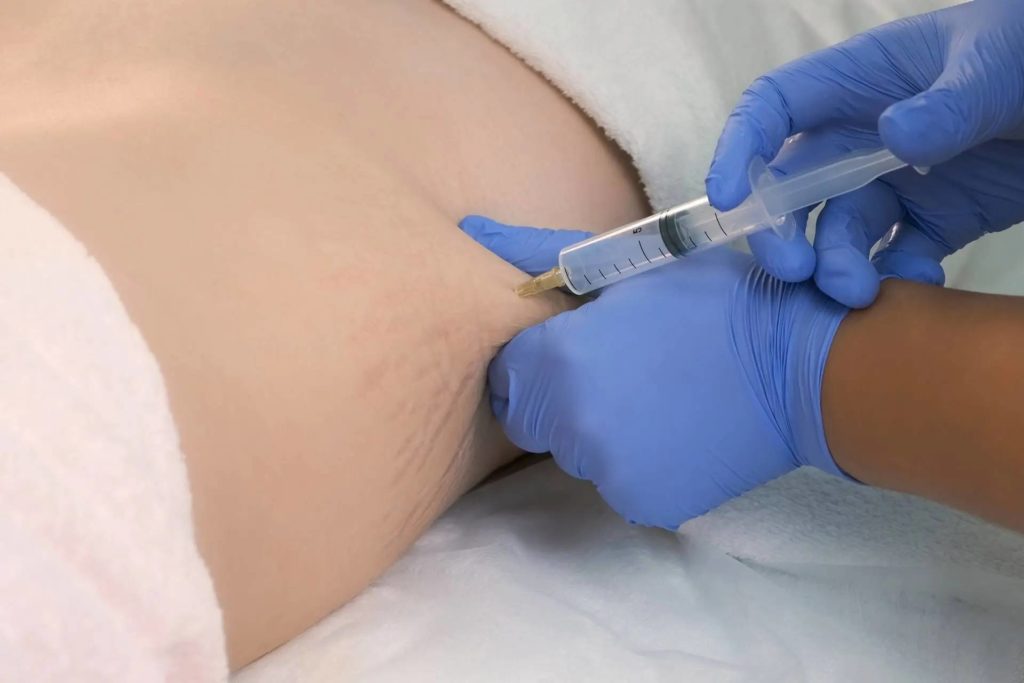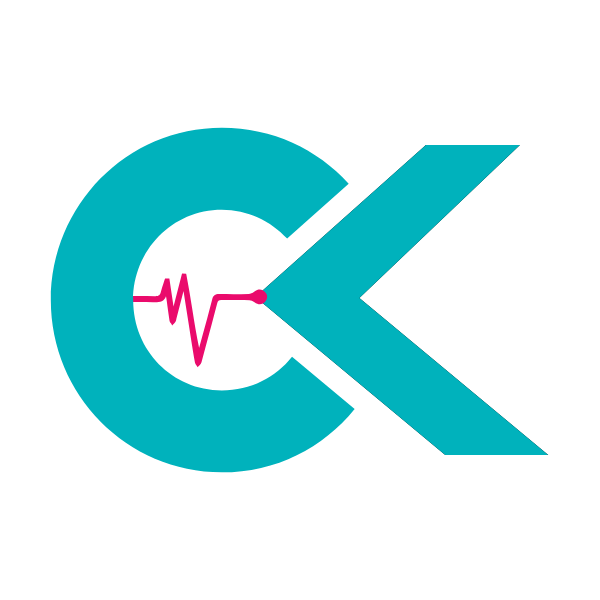Autologous fat injection represents one of the most significant advancements in reconstructive and aesthetic medicine over the past three decades. This procedure utilizes the patient’s own adipose tissue, harvested typically from areas with abundant fat deposits such as the abdomen, thighs, or flanks, and strategically injects it into regions requiring volume enhancement or contour correction. Clinical studies published in the Journal of Plastic and Reconstructive Surgery demonstrate that autologous fat possesses inherent regenerative properties due to the presence of adipose-derived stem cells, which contribute to tissue revitalization beyond mere volumization. The biocompatible nature of autologous fat eliminates concerns regarding allergic reactions or foreign body responses that commonly occur with synthetic fillers.
Table of Contents
The versatility of autologous fat injection extends across multiple applications, from facial rejuvenation and breast augmentation to addressing complex reconstructive challenges following trauma or oncological resections. Research data from multicenter trials indicates a variable retention rate of 40-80% depending on harvesting technique, processing methodology, and injection approach. The procedure has evolved substantially with technological advancements in fat processing systems, which now effectively concentrate viable adipocytes while removing inflammatory components. These refinements have established autologous fat injection as a cornerstone procedure for practitioners seeking natural-appearing, long-lasting results with minimal patient downtime and complication rates below 3% according to recent meta-analyses.
Autologous Fat Transfer vs Dermal Fillers: Benefits and Treatment Options
Facial volume restoration techniques have evolved significantly in aesthetic medicine. Both autologous fat transfer and dermal fillers offer effective solutions for facial rejuvenation, though they differ substantially in application methods, longevity, and natural appearance. The following comparison highlights the critical differences between these popular volumizing procedures.
| Comparison Factor | Autologous Fat Transfer | Dermal Fillers |
|---|---|---|
| Source Material | Patient’s own fat tissue | Synthetic or biocompatible substances (HA, CaHA, PLLA) |
| Longevity | Semi-permanent to permanent (1-5+ years) | Temporary (6-24 months depending on type) |
| Natural Appearance | Highly natural integration with tissues | Varies by product and injection technique |
| Volumizing Capacity | Excellent for larger volume areas | Better for precise, targeted corrections |
| Treatment Sessions | Usually single session with possible touch-ups | Multiple maintenance sessions required |
| Additional Benefits | Stem cell regenerative properties | No donor site required |
This comparison demonstrates that both treatments offer distinct advantages for facial contouring, with the choice depending largely on the patient’s specific aesthetic goals and anatomical considerations.
Key considerations for choosing between these volume enhancement options include:
- Tissue Integration: Fat transfer provides a more natural tissue integration as it uses the body’s own cells, while hyaluronic acid fillers mimic natural substances found in the skin
- Treatment Timeline: Patients seeking immediate results with minimal downtime may prefer dermal fillers, whereas those desiring longer-lasting outcomes might opt for fat transfer
- Facial Areas: Nasolabial folds, marionette lines, and cheek hollows respond well to both treatments, though fat transfer excels in larger volume areas
- Material Compatibility: Biocompatible substances in modern fillers like Juvederm and Restylane minimize rejection risk, while autologous fat eliminates concerns about foreign material reactions
The tissue augmentation approach should be tailored to individual facial anatomy, considering the depth and severity of volume loss. Contemporary aesthetic practice increasingly combines these modalities for comprehensive facial rejuvenation, leveraging the precision of fillers with the natural qualities of adipose tissue transfer. This technique is similarly applied in Fat Transfer Breast Augmentation, showcasing the versatility of autologous fat injection. By utilizing a patient’s own fat, these methods minimize the risk of allergic reactions and offer natural-looking results.
Ideal Candidates for Autologous Fat Transfer
Autologous fat transfer, also known as fat grafting or lipofilling, represents a significant advancement in natural tissue augmentation. The success of this procedure largely depends on proper patient selection based on specific physiological and anatomical factors.
Patient factors that determine suitability for autologous fat transfer include:
- Good overall health with no significant medical conditions that could impair healing or increase surgical risks
- Stable weight maintained for at least 6-12 months prior to the procedure
- Adequate donor sites with sufficient extractable adipose tissue
- Realistic expectations about the potential outcomes and limitations
- Non-smokers or those willing to quit smoking at least 4-6 weeks before and after the procedure
- Good skin elasticity in the recipient area to accommodate the transferred fat
- No history of bleeding disorders or conditions affecting tissue healing
The evaluation process to determine candidacy typically follows these steps:
- Comprehensive medical history review to identify contraindications or risk factors
- Physical examination to assess donor and recipient sites
- Laboratory testing to confirm overall health status and rule out contraindications
- Photographic documentation for baseline comparison and surgical planning
- Detailed discussion about expected outcomes, limitations, and potential complications
Psychological readiness is equally important as physical qualifications. Patients should understand that multiple sessions may be necessary to achieve desired volume, as approximately 30-50% of transferred fat cells will be reabsorbed by the body. Additionally, those seeking significant volume enhancement should possess sufficient donor fat, typically from the abdomen, flanks, or thighs where adipose tissue is more abundant and easily accessible.
The ideal age range spans from young adults to older individuals, provided they meet health requirements and have appropriate tissue characteristics for successful fat harvesting and grafting.
Fat Transfer Procedure Types and Applications
Autologous fat transfer to face procedures have revolutionized facial rejuvenation techniques in modern aesthetic medicine. These techniques utilize the patient’s own adipose tissue to restore volume and improve facial contours through precise methodologies.
Microfat Grafting for Facial Contouring
- Harvesting – Adipose tissue is collected from donor sites like abdomen or thighs using specialized cannulas
- Processing – The extracted fat undergoes purification to isolate viable fat cells
- Refinement – Fat is processed to achieve microfat consistency optimal for facial injection
- Strategic Injection – The processed microfat is carefully injected into targeted facial areas
- Layering Technique – Multiple passes with small amounts create natural-looking results
- Deep volumization for pronounced facial hollows and depressions
- Structural support for cheeks, temples and jawline enhancement
- Long-lasting results compared to temporary solutions
- Natural-looking outcomes due to autologous material compatibility
- Improvement of facial symmetry through strategic placement
Nanofat Transfer for Skin Rejuvenation
- Standard Fat Harvest – Collection follows similar protocols to microfat grafting
- Mechanical Emulsification – Fat undergoes additional processing to create nanofat
- Filtration Process – The emulsified fat is filtered through progressively smaller meshes
- Superficial Injection – Nanofat is placed in more superficial dermal layers
- Multiple-site Application – Treatment typically covers broader facial regions
- Skin texture improvement through cellular regeneration mechanisms
- Fine line reduction particularly in delicate areas like periorbital region
- Enhanced skin quality with improved elasticity and hydration
- Treatment of acne scars and other textural irregularities
- Complementary results when combined with autologous HD fat transfer techniques
Autologous fat grafting face procedures represent a significant advancement over earlier techniques. Modern approaches like nanofat applications leverage the regenerative properties of adipose-derived stem cells, extending benefits beyond simple volume replacement. Clinicians performing autologous fat injection procedures often combine microfat and nanofat methodologies for comprehensive facial rejuvenation.
The evolution of what are autologous fat injections has led to more sophisticated applications like HD (high-definition) techniques that focus on precise placement and enhanced viability. Autologous fat transplantation delivers natural-looking results through careful harvesting, processing, and strategic placement methodology—making it an increasingly preferred option for facial enhancement among advanced aesthetic practitioners.
Cost and Safety Considerations for Fat Transfer
Autologous fat transfer procedures vary significantly in cost and safety profiles depending on the treatment area and complexity. Understanding these factors is essential before committing to this procedure.
Table: Autologous Fat Transfer Cost and Risk Assessment by Treatment Area
| Treatment Area | Average Cost Range (USD) | Common Risks | Risk Level |
|---|---|---|---|
| Under Eyes | $2,500 – $5,000 | Lumps, asymmetry, bruising | Moderate |
| Face | $3,000 – $8,500 | Swelling, infection, fat necrosis | Moderate |
| Breasts | $4,000 – $10,000 | Calcification, oil cysts, contour irregularities | High |
| Buttocks | $5,000 – $15,000 | Embolism, serious infection, fat migration | Very High |
| Hands | $1,800 – $3,500 | Bruising, temporary numbness | Low |
The table above demonstrates that autologous fat transfer under eyes typically costs between $2,500 and $5,000, representing one of the more affordable treatment areas. Pricing factors depend on geographic location, surgeon expertise, and facility fees.
Key Financial and Safety Considerations:
- Insurance coverage is typically unavailable as fat transfer procedures are considered cosmetic rather than medically necessary
- Multiple sessions may be required for optimal results, potentially increasing total costs by 50-100%
- Fat transfer risks include unpredictable fat absorption rates, with 30-70% of transferred fat potentially being reabsorbed
- Complications can require corrective procedures, adding unforeseen expenses to the initial investment
- Surgeon experience significantly impacts safety outcomes, making thorough research essential
- Fat embolism represents a rare but serious complication that can occur when fat enters the bloodstream
Medical professionals report that autologous fat injection costs have remained relatively stable over recent years despite increasing demand. This contrasts with rising prices for synthetic fillers and other cosmetic procedures. However, patients should understand that the procedure’s long-term value must be weighed against potential fat transfer risks, which vary by treatment area.
Recovery and Post-Procedure Care After Fat Injection
The recovery process after fat injection procedures follows a predictable timeline with specific care requirements to ensure optimal results. Proper post-procedure care significantly impacts both the longevity of the transferred fat and the aesthetic outcome.
- Immediate Recovery (Day 1-3): Expect moderate swelling, bruising, and discomfort in both donor and recipient sites. Pain medication prescribed by your surgeon will help manage discomfort.
- Early Recovery (Day 4-7): Swelling typically peaks around day 3 and gradually subsides. Most patients can return to light daily activities while avoiding strenuous exertion.
- Intermediate Recovery (Week 2-3): Bruising fades significantly, and initial results become more visible as swelling continues to decrease.
- Complete Recovery (Week 4-6): Most patients achieve full recovery with final results becoming apparent after the body has absorbed the non-viable fat cells.
Post-procedure care is crucial for maximizing fat survival rates and achieving desired aesthetic outcomes. Clinical studies indicate that proper adherence to aftercare instructions can improve fat retention by up to 70%.
- Apply cold compresses to recipient areas intermittently (20 minutes on, 20 minutes off) during the first 48 hours to reduce swelling
- Maintain hydration by drinking 8-10 glasses of water daily to support optimal healing
- Avoid pressure on treated areas for at least 3 weeks to prevent displacement of transferred fat
- Follow a nutrient-rich diet high in antioxidants to support tissue healing and fat integration
The establishment of proper blood supply to the transferred fat cells is essential for long-term survival. Research demonstrates that gentle lymphatic massage after the initial healing period (typically after week 3) can help improve circulation and enhance results.



